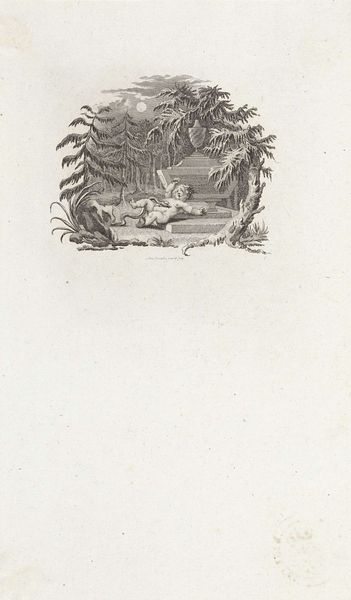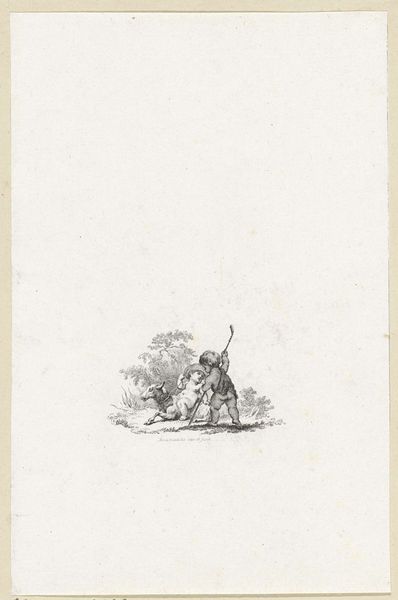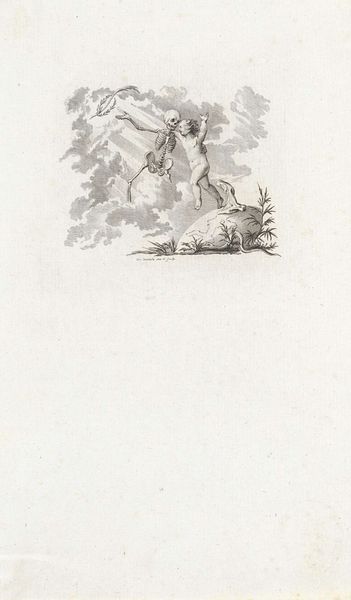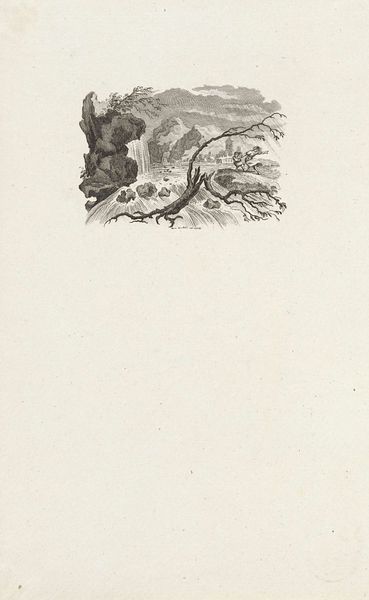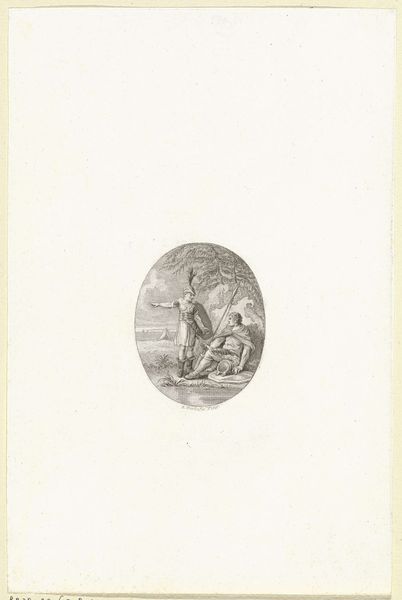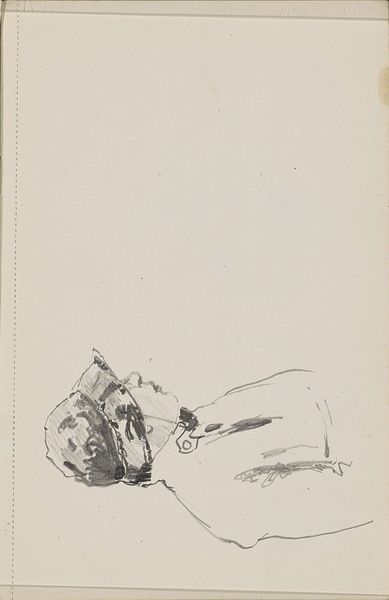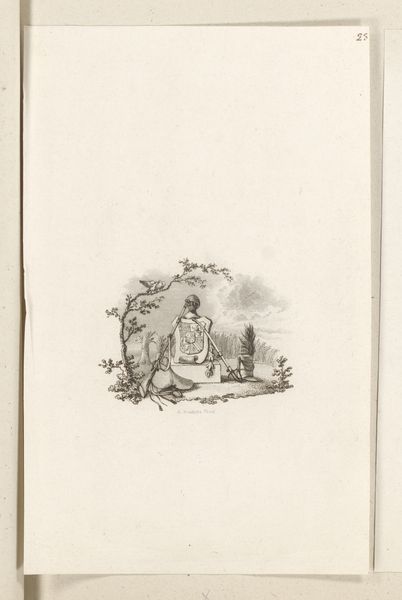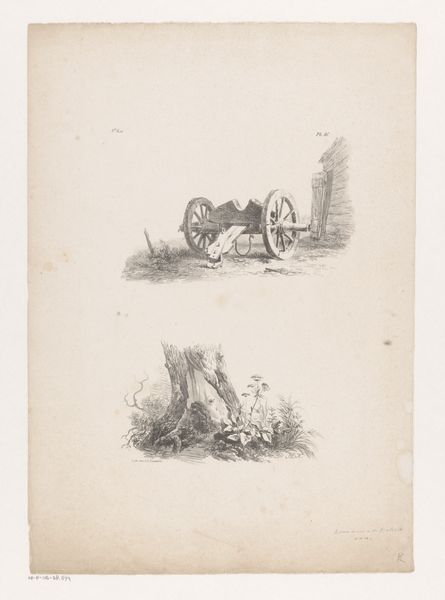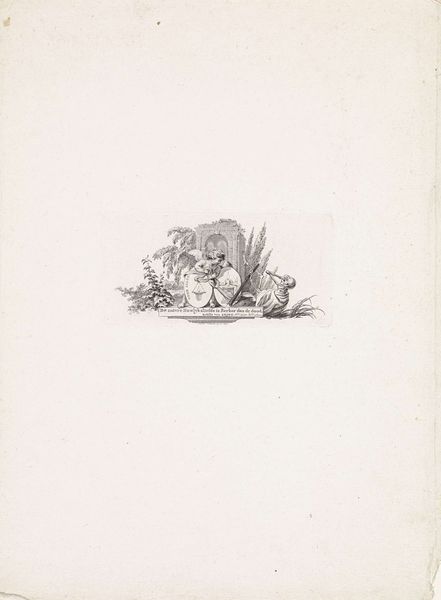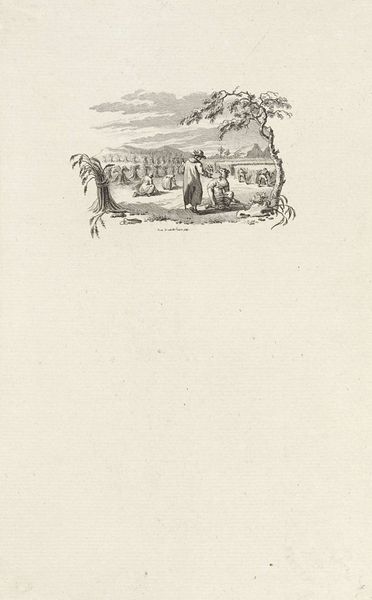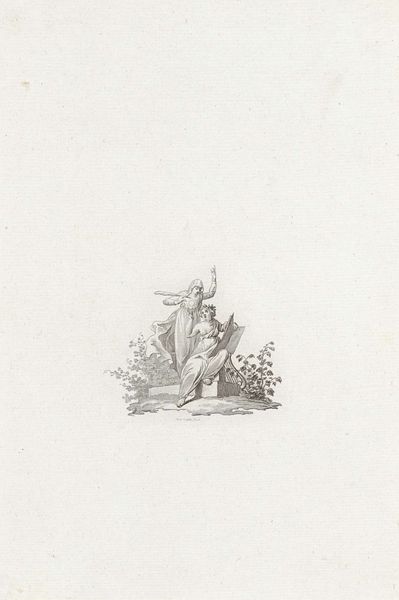
drawing, graphite
#
portrait
#
drawing
#
neoclacissism
#
classical-realism
#
figuration
#
form
#
line
#
graphite
Dimensions: height 241 mm, width 147 mm
Copyright: Rijks Museum: Open Domain
Editor: Here we have "Roman Bust with Oil Lamp," a graphite drawing created sometime between 1797 and 1836, currently residing here at the Rijksmuseum. It's remarkable how much detail the artist, Philippus Velijn, achieved with just graphite. It feels very...stately. What stands out to you when you look at this piece? Curator: The drawing presents a fascinating study in form and composition. Note the juxtaposition of the two busts – one contained within a circular frame, the other presented more directly. How does this placement affect your reading of the subjects depicted? Editor: I hadn’t considered that. The framed bust seems almost like a memory, more contained. The other one feels more present, because of its clear, crisp lines, standing outside of a frame. Curator: Precisely. Consider the artist's emphasis on line. Notice how meticulously the drapery of the male bust is rendered, versus the smoother surfaces defining the female portrait. The interplay of light and shadow, created solely through line variations, animates the entire composition. It gives depth to an otherwise two-dimensional medium, what do you make of it? Editor: I see it now! It creates a tangible sense of volume and texture. The lamp, too – its flame is almost palpable despite being pure graphite. That is enhanced through the subtle texture added beneath the busts. Curator: The artist masterfully employs the very nature of the medium – the graphite – to simulate textures and surfaces ranging from the smooth marble of the busts to the flickering light of the lamp. I find it really amazing. Editor: Looking closely now, it’s almost an ode to line and form itself. Thank you for walking me through that. Curator: It was my pleasure. Hopefully, paying closer attention to the structure of art enables a greater appreciation for even works which, at first glance, might seem uninteresting.
Comments
No comments
Be the first to comment and join the conversation on the ultimate creative platform.
